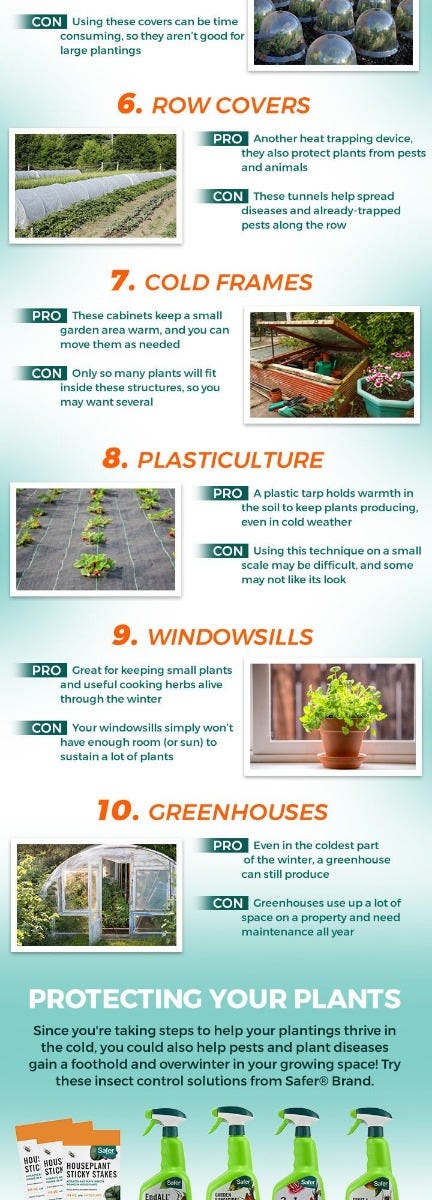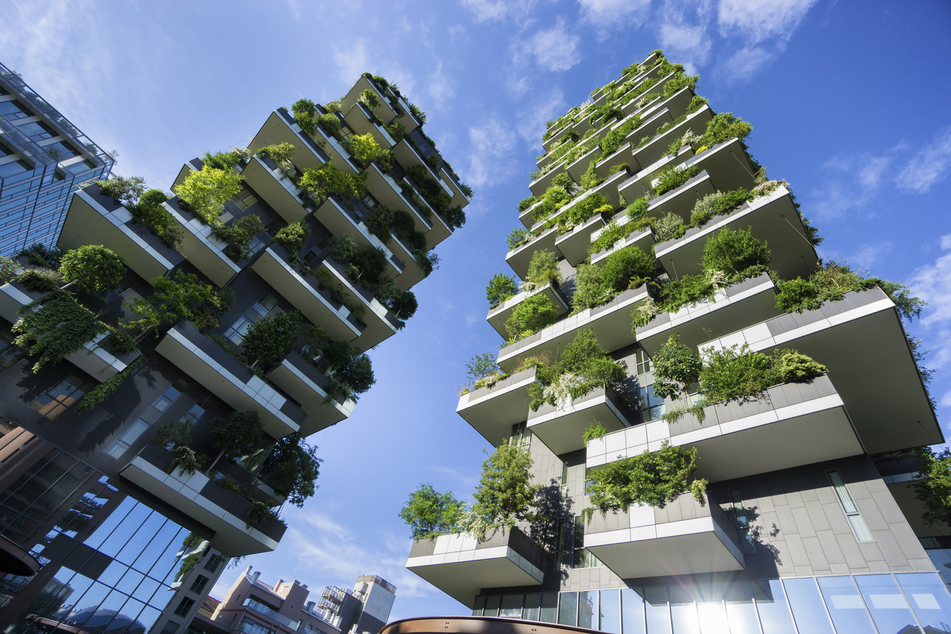Have you ever wished you could extend the growing season of your garden and enjoy fresh produce all year round? Vertical gardening might just be the solution you’ve been looking for. By utilizing vertical space and growing plants upwards instead of outwards, you can maximize your garden’s potential and harvest crops throughout the year. In this article, we will explore the concept of vertical gardening and discover the benefits it offers to both experienced gardeners and beginners alike. Get ready to take your gardening efforts to new heights!
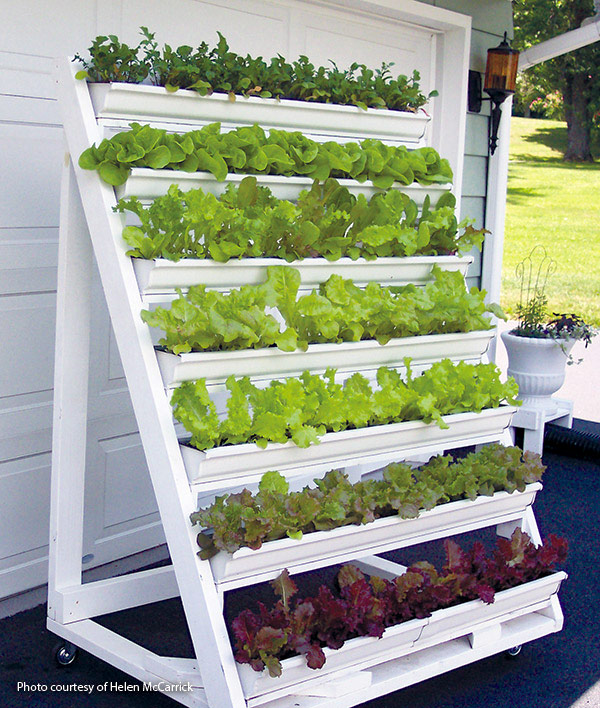
1. Benefits of Vertical Gardening
Vertical gardening is a popular and efficient way to make the most of limited space while still enjoying a bountiful harvest. By utilizing vertical structures such as trellises, fences, or even specially designed vertical garden systems, you can maximize the space available to grow a wide variety of plants. Let’s explore some of the key benefits of vertical gardening.
1.1 Maximizing Space and Yield
One of the primary advantages of vertical gardening is the ability to maximize limited space. In traditional gardening, plants are typically grown horizontally, taking up valuable ground space. However, with vertical gardening, you can utilize unused vertical space by growing plants upwards. This allows you to plant more crops in a smaller area, resulting in a higher yield per square footage.
Not only does vertical gardening save space, but it also helps you make the most of your garden layout. By growing plants vertically, you can easily organize and separate different varieties of plants, ensuring efficient use of space and making it easier to access and harvest your crops.
1.2 Easy Maintenance and Accessibility
Another benefit of vertical gardening is its ease of maintenance and accessibility. When plants are grown vertically, they are raised off the ground, making it easier to tend to them. You can say goodbye to bending over or kneeling on the ground to pull weeds or harvest crops. With vertical gardening, you can easily reach your plants and perform necessary tasks without straining your back or knees.
The elevated position of vertical gardens also helps protect your plants from unwanted pests and critters, such as rabbits or ground-dwelling insects. Additionally, by keeping your plants off the ground, you can minimize the risk of soil-borne diseases and reduce the need for chemical pesticides.
1.3 Protection from Pests and Diseases
Vertical gardening provides natural protection against pests and diseases. When plants are grown vertically, they are elevated and exposed to more airflow, which can help prevent the buildup of moisture that often leads to fungal infections. Furthermore, the vertical structure itself acts as an obstacle for crawling pests, reducing their ability to access and damage your plants.
Additionally, when growing plants vertically, you can implement companion planting strategies. By interplanting compatible crops, you can naturally repel pests or attract beneficial insects that help control pests. This approach reduces the reliance on chemical insecticides and promotes a healthier, more balanced garden ecosystem.
1.4 Energy Efficiency and Environmentally Friendly
Vertical gardening is not only beneficial for gardeners but also for the environment. By growing plants vertically, you can create a microclimate around your garden that allows for better temperature regulation. This means you can use less energy for heating or cooling, reducing your carbon footprint.
Vertical gardens also act as a natural air purification system. Plants absorb carbon dioxide and release oxygen, helping improve air quality and promoting a healthier environment. Additionally, the increased foliage in a vertical garden helps filter pollutants and particulate matter from the air, further enhancing air quality.
2. Factors Affecting the Growing Season
The success of your vertical garden depends on various factors that can either enhance or limit the growing season. Understanding these factors is crucial in optimizing your gardening experience and ensuring a long and fruitful growing season.
2.1 Climate and Temperature
One of the most significant factors influencing the growing season is the climate and temperature in your region. Different plants have different temperature requirements, and not all may be suitable for your local climate. It is essential to research and choose plants that are well-adapted to the temperature range and growing conditions of your area.
Furthermore, you can modify the microclimate within your vertical garden to accommodate specific plant needs. By utilizing shading techniques, such as installing shade cloths or planting taller crops to provide shade, you can protect heat-sensitive plants from scorching sun exposure. Likewise, you can use reflective materials to increase sunlight exposure for plants that thrive in higher temperatures.
2.2 Light Exposure
Light exposure plays a critical role in the growth and development of plants. When selecting suitable plants for vertical gardening, it is crucial to consider the amount of sunlight your garden receives. Some plants require full sun, while others can thrive in partial shade.
In a vertical garden, light distribution can be challenging due to the varying heights of the plants. Ensuring adequate light for all plants may require strategic positioning or the use of reflective surfaces to redirect light to lower-lying plants. Additionally, considering the direction of sunlight and the shade patterns created by nearby structures or vegetation is vital in optimizing light exposure.
2.3 Soil Quality and Nutrition
Healthy plants require fertile soil that provides adequate nutrients and good drainage. Before starting your vertical garden, assess the quality of your soil and make any necessary amendments to ensure optimal growing conditions. Adding organic matter, such as compost or well-rotted manure, can improve soil fertility and structure.
Vertical gardens often utilize containers or specialized growing systems, which allow for better control over soil quality and nutrition. Using a high-quality potting mix specifically formulated for container gardening can provide the necessary nutrients and drainage for your plants. Regular fertilization with organic or slow-release fertilizer will further support healthy growth and maximize yields.
2.4 Season Extension Techniques
To extend the growing season of your vertical garden, you can employ various season extension techniques. These techniques help protect your plants from adverse weather conditions, allowing you to continue gardening for a more extended period.
Covering your plants with protective covers, such as row covers or cold frames, can create a tiny greenhouse effect, trapping heat and shielding plants from frost. This can be especially beneficial during the colder months when temperatures drop significantly. Additionally, installing vertical greenhouses or utilizing grow lights can provide the necessary warmth and light for year-round gardening.
Companion planting and succession planting are also effective season extension techniques. By strategically interplanting crops with different maturity dates, you can ensure a continuous harvest. As one crop finishes producing, the subsequent crop takes its place, optimizing space and extending the growing season.
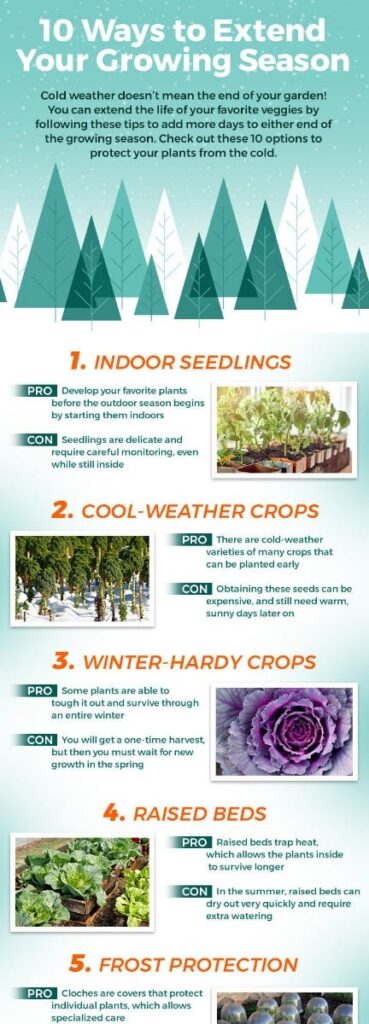
3. Choosing Suitable Plants for Vertical Gardening
Selecting the right plants is crucial for successful vertical gardening. Different plants thrive in varying conditions and have unique growth habits that may lend themselves well to vertical gardening. Here are some categories of plants that are well-suited for vertical gardening:
3.1 Climbing and Vining Vegetables
Climbing and vining vegetables are perfect candidates for vertical gardening. Plants such as tomatoes, cucumbers, peas, and beans naturally climb or vine, making them ideal for trellises or support structures. Vertical gardening allows these plants to grow upwards, maximizing space utilization and simplifying maintenance tasks. Additionally, growing these vegetables vertically improves air circulation around the foliage, helping to prevent diseases such as powdery mildew.
3.2 Herbs and Medicinal Plants
Herbs and medicinal plants are well-suited for vertical gardening due to their compact growth habit and versatility. These plants can be grown in hanging baskets, wall-mounted planters, or even vertical garden pockets. By positioning herbs and medicinal plants vertically, you can easily access them for harvesting or use them as decorative features in your garden.
3.3 Succulents and Ornamentals
Succulents and ornamental plants are becoming increasingly popular choices for vertical gardening. These plants often have shallow root systems and can thrive in small spaces, making them suitable for vertical planters or living walls. Succulents, with their unique shapes and vibrant colors, can add a striking visual element to your vertical garden. Ornamental grasses or flowering plants can also create a lush, textured backdrop in a vertical garden.
3.4 Edible Flowers
Vertical gardens offer an opportunity to include edible flowers in your gardening repertoire. Flowers such as pansies, calendula, nasturtiums, and borage not only add beauty to your garden but can also be used as a garnish or ingredient in culinary creations. Vertical gardening allows for easy accessibility and regular harvesting of these flowers, ensuring a continuous supply throughout the growing season.
4. Designing an Effective Vertical Garden
Designing an effective vertical garden involves careful consideration of available space, selecting the right structure, providing adequate support, and implementing proper irrigation and drainage systems.
4.1 Assessing Available Space
Before designing your vertical garden, evaluate the available space and determine the best location for optimal sunlight exposure and accessibility. Consider factors such as nearby structures, sunlight patterns, and the overall aesthetics of your space. Sketching a rough layout can help you visualize the design and ensure efficient use of available space.
4.2 Selecting the Right Structure
Selecting the right structure is crucial for the success of your vertical garden. Various options are available, including trellises, arbor arches, pergolas, and wall-mounted planters. The choice of structure will depend on factors such as garden size, plant selection, and personal preference. Ensure the structure is sturdy and can support the weight of fully grown plants.
4.3 Providing Adequate Support
When designing your vertical garden, it is essential to provide adequate support for your plants. Climbing or vining plants require trellises or stakes to support their growth. Consider the expected size and weight of your plants when choosing the support system. For heavier crops such as melons or pumpkins, heavier-duty trellises or A-frame structures may be necessary.
Additionally, installing netting or mesh screens can provide support for crops with delicate stems, such as peas or beans. These structures help guide the growth and prevent plants from toppling over or becoming entangled.
4.4 Implementing Irrigation and Drainage Systems
Proper irrigation and drainage are crucial for the health and productivity of your vertical garden. Vertical gardens often utilize containers or specialized growing systems, necessitating efficient watering techniques. Drip irrigation is an effective method that delivers water directly to the plants’ roots, minimizing water waste and promoting healthy growth.
Ensure your vertical garden has adequate drainage to prevent waterlogging, which can lead to root rot and other plant diseases. Use well-draining potting mixes or add drainage holes to containers if necessary. Regularly monitor soil moisture levels and adjust watering accordingly to ensure optimal plant health.
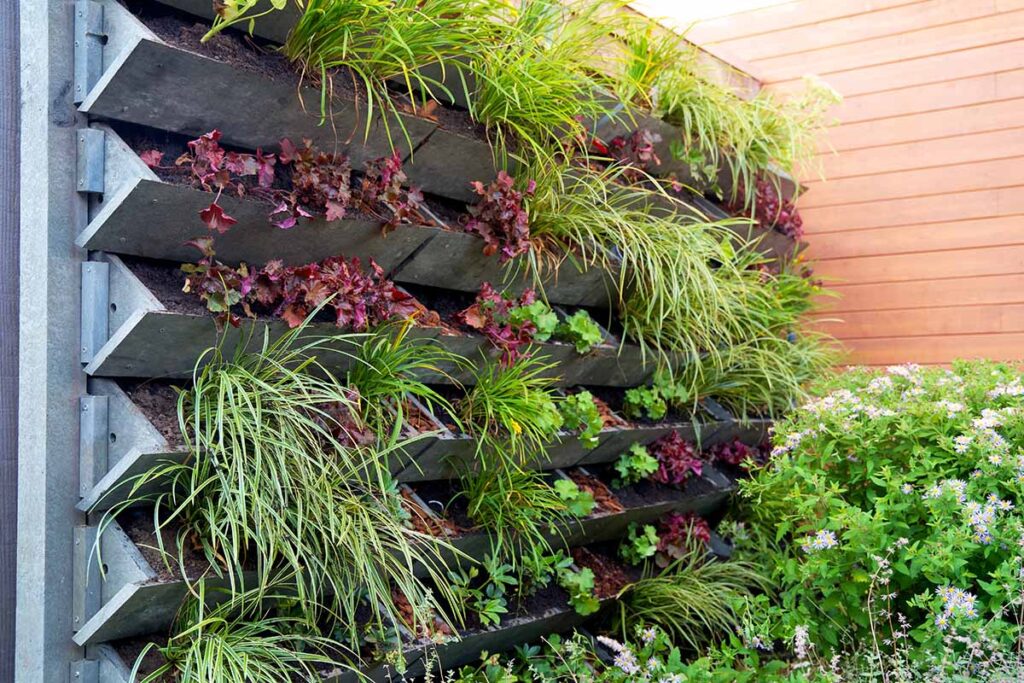
5. Extending the Growing Season with Vertical Gardening
Vertical gardening provides opportunities for extending the growing season, allowing you to enjoy fresh produce throughout the year. Here are some techniques for maximizing your gardening season using vertical gardening methods.
5.1 Using Protective Covers and Cold Frames
Protective covers and cold frames are effective season extension tools. They create a microclimate around your plants, shielding them from harsh weather conditions. Clustering containers together and surrounding them with a plastic or glass cover can trap heat and contribute to a warmer environment, even during colder seasons.
5.2 Installing Vertical Greenhouses
Vertical greenhouses provide an excellent solution for year-round gardening. These structures utilize vertical space efficiently and ensure optimal light exposure for plants. By controlling temperature and humidity, vertical greenhouses protect your plants from extreme weather elements and provide you with a constant supply of fresh produce.
5.3 Utilizing Grow Lights and Artificial Heat
In regions with limited sunlight or during the darker winter months, utilizing grow lights can compensate for the lack of natural light. LED grow lights are a popular option due to their energy efficiency and the ability to tailor the light spectrum to meet specific plant needs. Additionally, supplementing your vertical garden with artificial heat sources, such as space heaters or heat lamps, can help maintain optimal temperatures for your plants.
5.4 Companion Planting and Succession Planting
Companion planting and succession planting can help maximize your growing season in a vertical garden. Companion planting involves interplanting crops that have mutually beneficial relationships. For example, planting heat-sensitive lettuce under the shade of taller tomato plants can protect the lettuce from scorching sunlight, allowing you to grow it longer into the summer.
Succession planting involves planting new crops as soon as previous ones have finished producing. By continuously planting throughout the growing season, you can ensure a continuous supply of fresh produce. This technique is particularly effective for fast-growing crops or those that are harvested in stages, such as lettuce or radishes.
6. Vertical Gardening Techniques for Different Seasons
Different seasons require different approaches to vertical gardening. Here are some techniques specific to each season to help you optimize your vertical garden year-round.
6.1 Spring: Starting Early Crops Indoors
Spring is an excellent time to start your vertical garden, even before the last frost date. You can gain a head start by starting seeds indoors in pots or trays. Once the weather conditions improve, transplant the seedlings into your vertical garden. This technique allows for an early harvest and extends the growing season for cool-season crops such as lettuce, spinach, and kale.
6.2 Summer: Providing Shade and Cooling
During the hot summer months, providing shade and cooling is crucial for your vertical garden. Place shade cloths over trellises or use taller plants to create natural shade for heat-sensitive crops. Regularly watering your plants and using mulch can help cool the root zone and prevent them from overheating. Additionally, increasing airflow with fans or strategically placing your vertical garden near breezy areas can help regulate temperatures.
6.3 Fall: Protecting from Frost and Extending Harvest
As temperatures cool down in the fall, protecting your vertical garden from frost is essential to extend the growing season. Covering your plants with fabric row covers or cold frames can provide insulation and prevent frost damage. Additionally, choosing cold-tolerant varieties and utilizing season extension techniques, such as vertical greenhouses or grow lights, can allow you to continue gardening well into the fall season.
6.4 Winter: Indoor Vertical Gardens
Winter often poses challenges for outdoor gardening, but with indoor vertical gardens, you can continue growing throughout the year. Set up your vertical garden indoors near a sunny window or utilize grow lights to provide the necessary light for your plants. Choose cold-loving crops or focus on growing herbs and leafy greens that thrive in lower light conditions. Indoor vertical gardening allows you to enjoy a lush garden even during the coldest months.
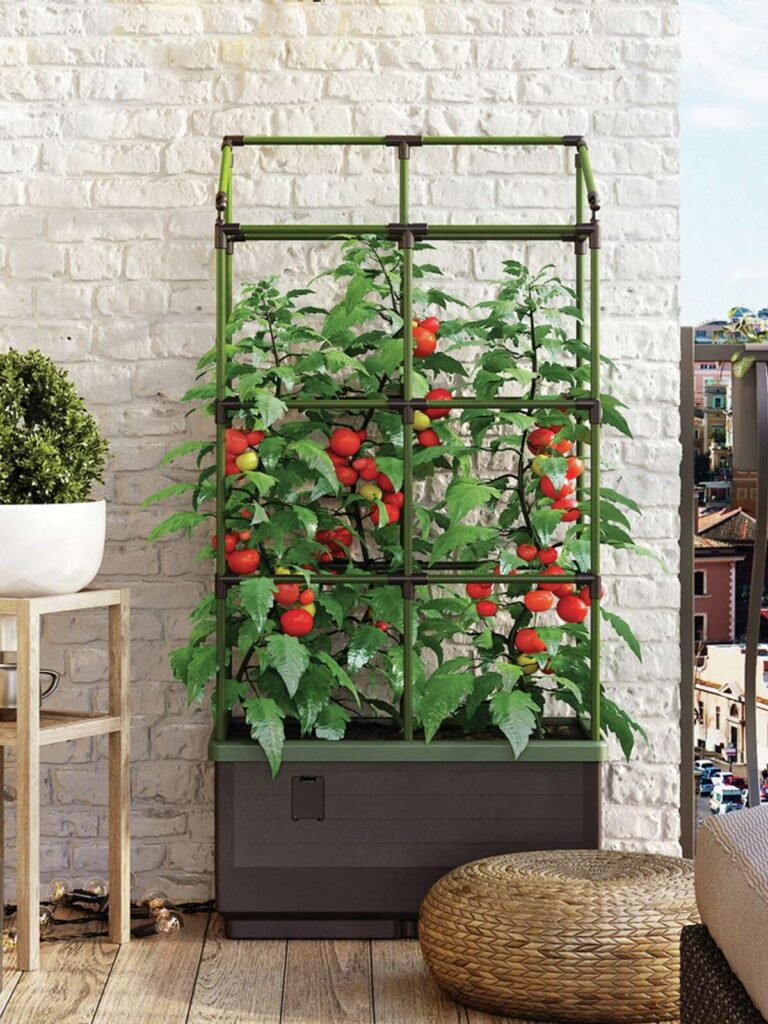
7. Maintenance Tips for Vertical Gardens
Proper maintenance is crucial for the success of your vertical garden. Here are some tips to ensure your plants thrive and your vertical garden remains healthy.
7.1 Watering and Fertilizing
Regular watering is essential for vertical gardens, as they often have limited soil volume and can dry out quickly. Monitor soil moisture levels consistently and water as needed. Drip irrigation systems or self-watering containers can help ensure plants receive adequate moisture.
Fertilize your vertical garden regularly to replenish nutrients consumed by growing plants. Choose organic or slow-release fertilizers specifically formulated for container gardening. Follow package instructions for application rates and frequency to avoid over-fertilization, which can damage plants.
7.2 Pruning and Training Plants
Pruning and training plants are essential maintenance tasks for vertical gardens. Remove any dead or damaged foliage, as well as any weak or overcrowded stems. Pruning promotes better air circulation and reduces the risk of diseases.
Train climbing or vining plants onto trellises or support structures to guide their growth and prevent tangling or overcrowding. Regularly check for tendrils or new growth that may need to be directed or tied to the support system.
7.3 Monitoring for Pests and Diseases
Regular monitoring for pests and diseases is crucial in maintaining a healthy vertical garden. Inspect your plants for any signs of pest infestation or disease symptoms, such as chewed leaves, discoloration, or wilting. Early detection allows for timely intervention and prevents the spread of pests or diseases throughout the garden.
Implementing preventive measures, such as regularly cleaning the garden area and removing debris, can help deter pests and minimize disease risks. Additionally, practicing proper spacing between plants and allowing for adequate airflow reduces the chances of fungal infections.
7.4 Regular Inspections and Adjustments
Perform regular inspections of your vertical garden to identify any structural issues or adjustments needed. Check support structures for stability and make sure they can safely handle the weight of your plants. Inspect irrigation and drainage systems for any leaks or malfunctions.
Make necessary adjustments as your plants grow to ensure they have adequate space and support. As plants mature, they may require additional ties or adjustments to keep them upright and prevent them from leaning or falling.
8. Common Challenges and Solutions in Vertical Gardening
Vertical gardening, like any gardening technique, presents its own set of challenges. Here are some common challenges in vertical gardening and solutions to overcome them.
8.1 Limited Root Space and Nutrition
Vertical gardens often have limited soil volume, which can restrict root growth and nutrient availability. Choose plants with smaller root systems or utilize containers that allow for adequate root space. Regularly monitor soil moisture and fertility levels to ensure the plants have the necessary nutrients and hydration. Supplement with slow-release or liquid fertilizers as needed.
8.2 Soil Erosion and Moisture Management
Due to the vertical nature of the garden, soil erosion can be a concern. To prevent soil erosion, use well-draining soils and materials that help retain moisture, such as coconut coir or vermiculite. Consider adding a layer of mulch on top of the soil to further improve water retention and minimize soil erosion.
8.3 Structural Stability and Weight Distribution
Support structures in vertical gardens must be sturdy and able to handle the weight of the plants. Double-check the structural stability of trellises or supports, especially for heavy crops. Consider distributing the weight evenly by staggering plant placement or utilizing multiple support systems. Regularly monitor the structural integrity and make any necessary repairs or reinforcements.
8.4 Proper Lighting and Air Circulation
Providing adequate lighting and airflow can be challenging in a vertical garden. If your garden is located in a shaded area, consider installing reflective surfaces to redirect sunlight to lower-lying plants. Additionally, positioning fans or using natural windbreaks can improve air circulation, reducing the risk of fungal infections and promoting healthier plant growth.
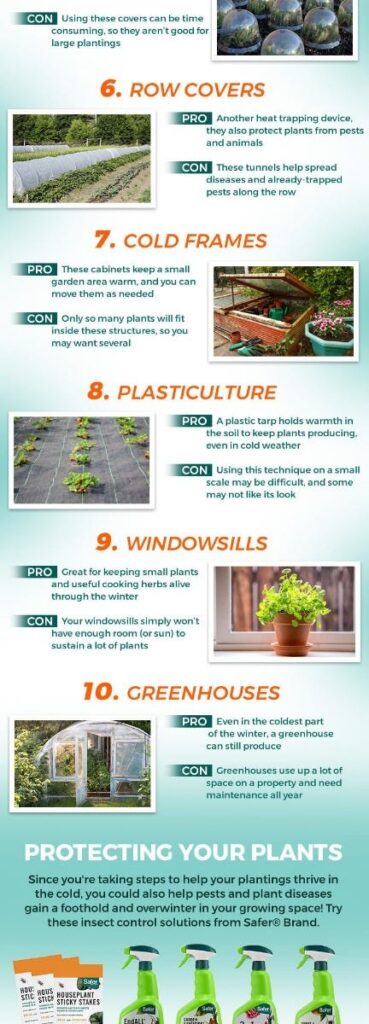
9. Vertical Gardening Success Stories
Vertical gardening has gained popularity in various settings, from urban farms to small spaces and even commercial operations. Let’s explore some inspiring success stories that showcase the versatility and benefits of vertical gardening.
9.1 Urban Vertical Farms
In densely populated urban areas, vertical farming is revolutionizing food production. Vertical farms utilize space-efficient vertical gardening techniques, such as hydroponics or aeroponics, to grow crops in multi-story structures. These farms allow for year-round cultivation, reduced water usage, and minimized transportation costs while supplying fresh, local produce to urban communities.
9.2 Vertical Gardens in Small Spaces
Vertical gardening is an ideal solution for individuals with limited outdoor space. People living in apartments or condos can use balconies, rooftops, or even walls to create vertical gardens. By utilizing compact structures and creative planting methods, small-space vertical gardens can provide an abundance of fresh herbs, vegetables, or ornamental plants.
9.3 Commercial Vertical Gardening Operations
Commercial vertical gardening operations are emerging as sustainable alternatives to traditional farming. These operations capitalize on vertical space while using innovative growing systems that optimize water and energy efficiency. Large-scale vertical farms provide fresh and local produce year-round, reducing the environmental impact of long-distance transportation and fostering community food security.
9.4 Community and Educational Vertical Gardens
Vertical gardens in community and educational settings bring people together and promote sustainable practices. Schools, community centers, and other public spaces often create vertical gardens to educate individuals about food production and encourage healthy eating habits. These gardens serve as hands-on learning tools and provide the opportunity for individuals to connect with nature and each other.
10. Conclusion
Vertical gardening offers numerous benefits, from space optimization to extended growing seasons. By utilizing vertical space, you can maximize yields, easily maintain your garden, protect against pests and diseases, and create an energy-efficient and environmentally friendly garden.
Factors such as climate, light exposure, soil nutrition, and season extension techniques must be carefully considered to ensure the success of your vertical garden. Choosing suitable plants for vertical gardening and designing an effective layout with proper support and irrigation systems are essential steps for a thriving vertical garden.
Regular maintenance, including watering, fertilizing, pruning, and pest management, will keep your vertical garden healthy and productive throughout the growing season. Overcoming common challenges, such as limited root space, soil erosion, structural stability, and lighting and airflow, will contribute to your garden’s success.
Vertical gardening success stories, from urban vertical farms to small-space gardens and commercial operations, inspire and demonstrate the versatility and benefits of this gardening practice. Community and educational vertical gardens foster sustainable practices and promote a deeper connection with nature.
In conclusion, vertical gardening is a valuable technique that enables gardeners to make the most of limited space and extend the growing season. With careful planning, maintenance, and creativity, you can enjoy the rewards of a thriving vertical garden and have fresh produce at your fingertips throughout the year.

